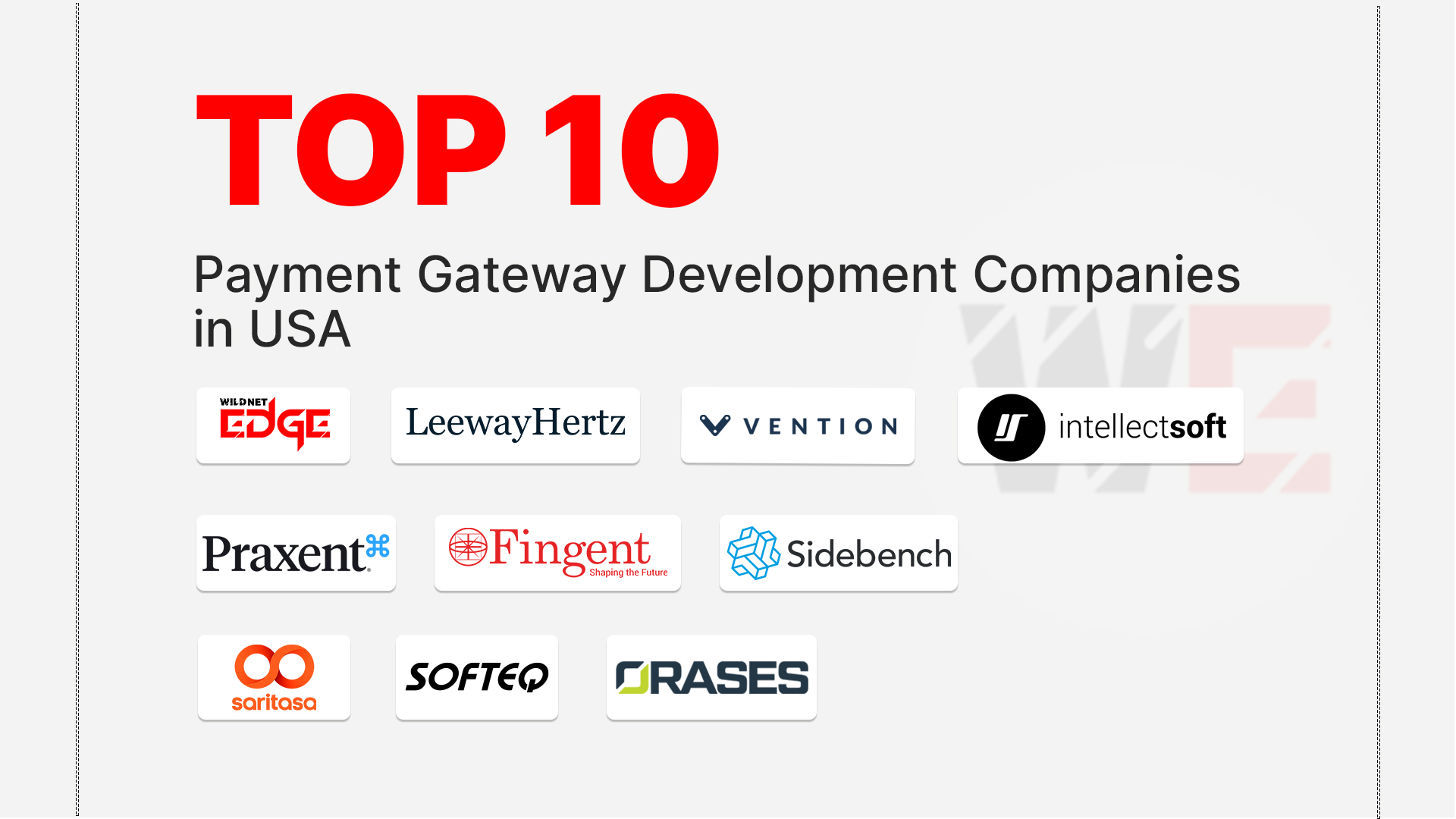Choosing between Vagrant and Docker poses a common dilemma for developers today. Each tool advocates for a distinct approach to solving development challenges, providing a myriad of alternatives for local development, testing, and deployment. Have you faced difficulties while trying to replicate environments or ensure compatibility across different machines? Or perhaps you’ve experienced the cumbersome setup of virtual machines and wish for something that offers better performance? Understanding how these virtualization tools can streamline your workflow is vital for making informed choices that enhance productivity. Through this article, we will delve deep into the core functionalities of Vagrant and Docker, compare their features, and ultimately help you decide which tool aligns best with your development needs.
Overview of Virtualization Tools
What Is Vagrant?
Vagrant is an open-source tool that enables developers to build and manage virtualized development environments efficiently. By utilizing a simple command-line interface, Vagrant allows you to create consistent and reproducible environments across different platforms. Its primary purpose is to enhance environment management, making it easier to share development setups and configurations within teams.
Key features that set Vagrant apart include:
- Box Management: Vagrant uses “”boxes”” — pre-packaged environments that can be versioned and shared easily.
- Provisioners: With support for provisioners like shell scripts, Ansible, and Puppet, Vagrant automates the setup of software and dependencies within the virtual machine.
- Multi-Provider Support: Vagrant can work with various providers such as VirtualBox, VMware, or even cloud platforms like AWS and Azure.
By offering an interface that standardizes environment configuration, Vagrant significantly reduces the friction often encountered when collaborating with team members or moving projects across systems.
What Is Docker?
On the other hand, Docker is a platform that enhances the development, deployment, and running of applications through containerization — a lightweight alternative to traditional virtual machines. Docker allows developers to package applications and their dependencies into containers, which can run consistently across any environment.
Distinct features of Docker include:
- Lightweight Containers: Unlike Vagrant’s virtual machines, Docker containers share the host OS kernel, resulting in minimal overhead and faster performance.
- Docker Hub: A centralized repository where users can share and access pre-built Docker images, making it easier to collaborate and reuse existing setups.
- Microservices Architecture: Docker supports a microservices architecture, allowing developers to build applications as a set of loosely-coupled services, making it easier to scale and manage.
By leveraging its unique container technology, Docker excels in implementing CI/CD pipelines and microservices architectures, making it a preferred choice in modern DevOps practices.
Differences Between Vagrant and Docker
Virtual Machines vs. Containers
To understand the core differences between Vagrant and Docker, it’s essential to examine how each leverages virtualization technology. Vagrant operates on the concept of virtual machines (VMs), which emulate entire computing systems. Each VM runs its entire operating system, isolated from the host system, which provides a complete environment for applications.
In contrast, Docker implements containerization, where the application and its dependencies are bundled together but share the host’s OS kernel. This results in faster startup times and resource utilization, as containers typically require significantly less overhead than virtual machines.
Key Differences:
- Vagrant utilizes virtual machines that emulate full operating systems; Docker employs containers that share the host OS.
- Vagrant can take longer to set up as each VM needs its dedicated operating environment; Docker containers start up almost instantly.
Performance Comparisons
When it comes to performance, Docker generally outshines Vagrant given its containerized approach. The reduced overhead associated with containers allows for more rapid deployment and scaling, which can greatly enhance development efficiency.
- Resource Utilization: Docker containers consume less CPU and memory compared to VMs, making them more efficient for running multiple applications concurrently.
- Speed: Docker’s startup time is significantly less than that of Vagrant, which may require booting up an entire virtual machine, thus expediting the development process.
Ultimately, when comparing performance metrics, Docker offers speed and resource efficiency, making it ideal for modern application development that demands scalability.
Use Cases for Vagrant vs Docker
When to Use Vagrant
Vagrant finds its ideal use in scenarios where replicating an exact development environment is crucial. Here are a few specific scenarios that benefit from using Vagrant:
- Complex Environments: Projects that require multiple services and configurations can be efficiently managed with Vagrant through its provisioning capabilities.
- Legacy Applications: If you’re maintaining older applications that require specific environments, Vagrant can create isolated setups that replicate legacy systems without conflicts.
- Cross-Platform Development: When your team works across different operating systems, Vagrant can ensure consistent setups regardless of the host OS, making collaboration smoother.
The seamless integration of various provisioners within Vagrant allows teams to achieve greater consistency, thus minimizing the “”it works on my machine”” syndrome.
When to Use Docker
In contrast, Docker shines in scenarios that emphasize rapid deployment, scaling, and continuous integration (CI) workflows. Some examples include:
- Microservices-Based Applications: If you’re developing applications structured as microservices, Docker provides the tools and architecture to deploy these services independently and swiftly.
- CI/CD Pipelines: Docker is indispensable in setting up CI/CD pipelines where the rapid deployment of applications can significantly speed up development cycles.
- Cloud-Native Development: Docker’s containerization aligns seamlessly with cloud-native application development, allowing for easy scaling and management of applications in cloud environments.
By adopting Docker, development teams can leverage modern practices that streamline delivery while enhancing application performance.
Pros and Cons of Each Tool
Advantages of Using Vagrant
Vagrant offers several benefits that resonate well with developers:
- Environment Consistency: Vagrant ensures that every team member works in identical environments, significantly reducing setup time and errors during development.
- User-Friendly Interface: Vagrant’s CLI is straightforward, making it easy for newcomers to onboard and effectively manage development environments.
- Strong Community Support: With an established developer community, Vagrant users can access a plethora of tutorials, plugins, and shared resources.
These advantages make Vagrant a powerful tool for teams seeking comprehensive control over their development environments.
Advantages of Using Docker
Docker boasts numerous compelling advantages:
- Scalability: Docker enables effortless scaling of applications, allowing developers to run and manage multiple instances of their containers easily.
- Faster Deployment: The lightweight nature of containers allows for quicker deployments, drastically lowering the time between writing code and getting it into production.
- Extensive Ecosystem: Docker’s large ecosystem, along with integrations with robust tools such as Kubernetes, enhances its capability in orchestrating container deployments.
Docker’s strengths primarily cater to teams focused on agility, scalability, and efficient resource management.
Integration and Ecosystem
Vagrant Integrations
Vagrant integrates well with a wide range of tools and platforms, enhancing its capabilities further. Some notable integrations include:
- Terraform: Used for infrastructure as code, Terraform can provision network resources that work hand-in-hand with Vagrant environments.
- Berkshelf: An integrated configuration management tool that simplifies managing dependencies for your Vagrant-controlled environments.
- Ansible/Puppet: Automated provisioning tools that allow for customized setup configurations within Vagrant, tailored to the specific needs of the project.
By effectively incorporating these integrations, Vagrant users can streamline workflows and enhance productivity, ensuring environment setups are not just consistent but also efficient.
Docker Integrations
Docker also benefits from an extensive array of integrations and complementary tools that enrich the development pipeline. Key examples include:
- Kubernetes: A powerful orchestration tool, Kubernetes works with Docker for managing the deployment, scaling, and operations of application containers across clusters of hosts.
- CI/CD Tools: Integration with tools like Jenkins, GitLab CI/CD, and CircleCI facilitates the continuous delivery of applications, revolutionizing deployment workflows.
- Monitoring Tools: Docker works well with monitoring solutions like Prometheus and Grafana to manage container performance, ensuring applications run smoothly.
These integrations make Docker an ideal choice for organizations aiming to build robust and scalable applications through continual integration and delivery.
Real-World Developer Experiences
Developer Insights on Vagrant
Feedback from numerous Vagrant users showcases the tool’s effectiveness in maintaining development consistency. For instance, a team building a complex web application noted that Vagrant eliminated discrepancies in environments, leading to faster collaboration. They reported crisper git merges, smoother onboarding for new developers, and fewer deployment errors, all attributed to the reliable instantiation of development settings.
Another developer praised Vagrant’s powerful integration capabilities, emphasizing how it simplified the management of project dependencies and environmental setups for a legacy project. These insights underline Vagrant’s significant role in managing tailored development environments.
Developer Insights on Docker
Conversely, Docker enthusiasts emphasize its impact on deployment automation. A development team working on a SaaS application shared how transitioning from traditional servers to Docker containers facilitated seamless deployment. They saw improved scaling capabilities, reporting that launching new features became just a pull request away.
Another group integrating Docker into their existing infrastructure highlighted how it reduced the time spent on debugging and troubleshooting. By testing in isolated environments with Docker, they could quickly pinpoint issues, ultimately boosting productivity within their team.
These real-world experiences illustrate the practical benefits Vagrant and Docker provide, resonating with varied development needs and environments.
Conclusion
In the ongoing battle of Vagrant vs Docker, the decision hinges on your specific development requirements. Vagrant excels at managing isolated environments, ideal for complex projects and legacy applications, while Docker shines in scenarios prioritizing speed, scalability, and microservices architecture. Regardless of your choice, understanding how virtualization tools can streamline your development process is invaluable. For more insights into virtualization tools and to stay updated on the latest in development technology, consider exploring resources from Wildnet Edge, an AI-first company trusted for development solutions.
As you evaluate your project’s needs, take the time to thoroughly consider the strengths and weaknesses of each tool. The right choice can significantly enhance your workflow and productivity.
FAQs
Q1: What are the main differences between Vagrant and Docker?
Vagrant focuses on virtual machines, providing isolated environments, while Docker utilizes containerization to bundle applications and their dependencies, promoting faster deployments and scalability.
Q2: Which tool is better for development environments, Vagrant or Docker?
The optimal choice depends on your project needs; Vagrant is ideal for isolated environments requiring detailed configuration, while Docker excels in deployment scenarios and microservice applications.
Q3: Can Vagrant and Docker be used together?
Yes, many developers use Vagrant to set up environments which then run Docker containers, combining the strengths of both tools for enhanced efficiency.
Q4: What are the installation requirements for Vagrant and Docker?
Vagrant typically requires a virtualization provider like VirtualBox or VMware, while Docker requires a compatible OS and installation of Docker Engine on your machine.
Q5: How do Vagrant and Docker impact development speed?
Docker generally accelerates development through faster deployments and minimal setup time, while Vagrant usually requires a longer initial setup for virtual machines but ensures consistency across environments.

Nitin Agarwal is a veteran in custom software development. He is fascinated by how software can turn ideas into real-world solutions. With extensive experience designing scalable and efficient systems, he focuses on creating software that delivers tangible results. Nitin enjoys exploring emerging technologies, taking on challenging projects, and mentoring teams to bring ideas to life. He believes that good software is not just about code; it’s about understanding problems and creating value for users. For him, great software combines thoughtful design, clever engineering, and a clear understanding of the problems it’s meant to solve.
 sales@wildnetedge.com
sales@wildnetedge.com +1 (212) 901 8616
+1 (212) 901 8616 +1 (437) 225-7733
+1 (437) 225-7733































